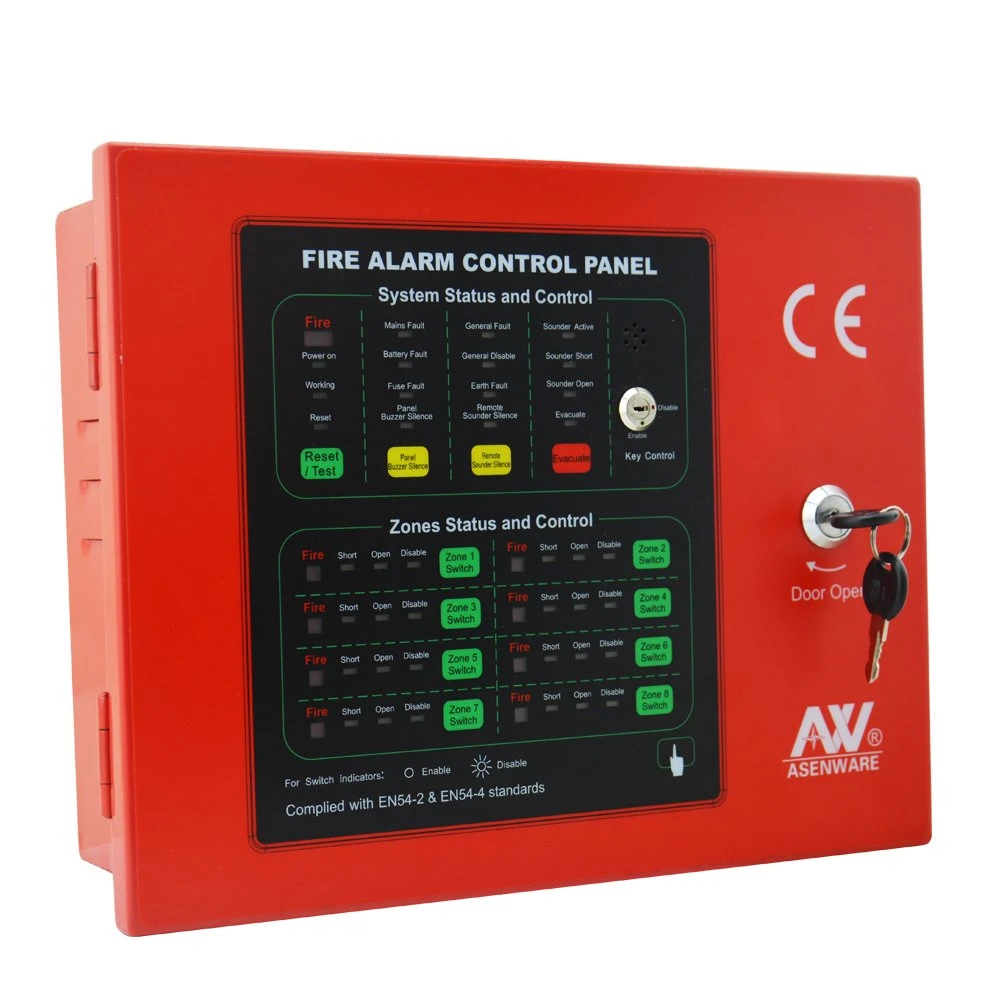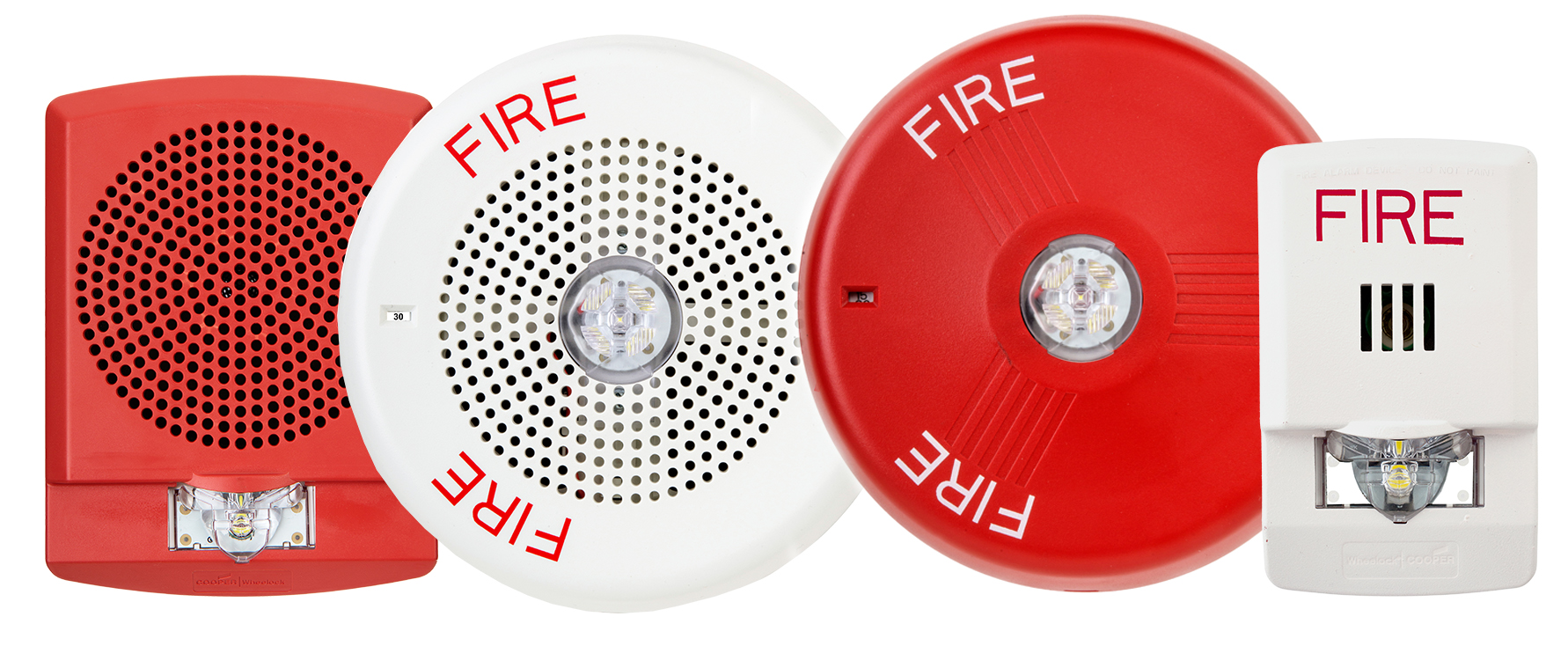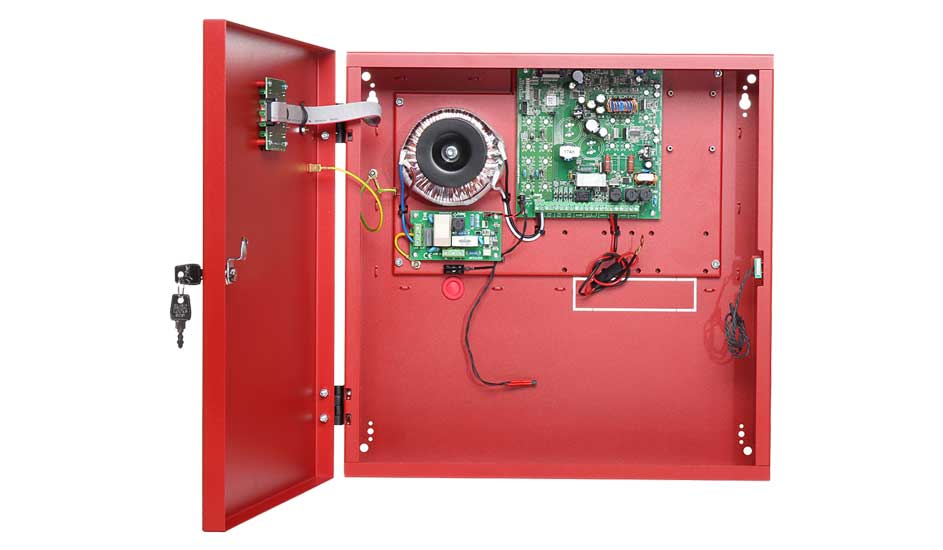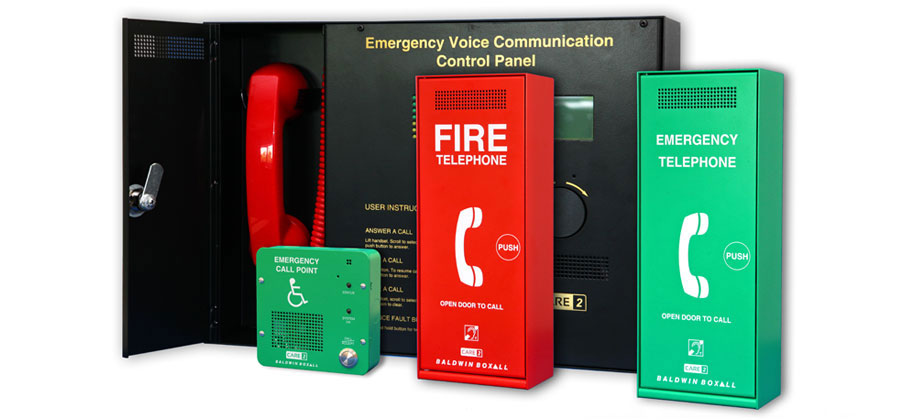Fire alarm systems are essential for safeguarding lives and property by providing early detection of fires and enabling swift evacuation. Understanding the components of a fire alarm system is crucial for ensuring it operates effectively. Here, we’ll explore the key components that make up a typical fire alarm system and their functions.
1. Fire Alarm Control Panel (FACP)
The Fire Alarm Control Panel (FACP) is the brain of the fire alarm system. It monitors inputs and system integrity, controls outputs, and relays information. The FACP receives signals from various detection devices, processes these inputs, and triggers alarm outputs if necessary. It also monitors the status of the entire system, alerting users to any malfunctions or the need for maintenance.
2. Initiating Devices
Initiating devices are the components that detect the presence of a fire or smoke and send a signal to the FACP. These devices can be automatic or manual:
- Smoke Detectors: Detect smoke particles in the air and are typically used in all areas of a building.
- Heat Detectors: Trigger an alarm when a certain temperature is reached or when there is a rapid increase in temperature.
- Manual Pull Stations: Allow building occupants to manually activate the fire alarm system.

3. Notification Appliances
Once the FACP receives a signal from an initiating device, it activates the notification appliances. These devices alert building occupants of the potential fire threat and the need to evacuate. They include:
- Audible Alarms: Sound alarms, such as bells or sirens, to alert occupants.
- Visual Alarms: Strobe lights that flash to warn people, particularly those with hearing impairments.
- Voice Evacuation Systems: Provide clear, spoken instructions to guide occupants during an evacuation.

4. Power Supply
The power supply is critical to the continuous operation of the fire alarm system. It ensures that the system remains operational even in the event of a power outage. The primary power source is usually the building’s electricity, but a secondary power supply, typically a battery, is also included to provide backup power.

5. Communication Devices
Communication devices are used to transmit information between the fire alarm system and external monitoring services or first responders. These may include:
- Alarm Communicators: Send signals to a remote monitoring center.
- Two-Way Communication Systems: Allow building occupants to communicate with emergency responders during an evacuation.

6. Auxiliary Devices
Auxiliary devices are additional components that enhance the functionality of the fire alarm system. These may include:
- Door Release Devices: Automatically close doors to contain fire and smoke when an alarm is triggered.
- Elevator Recall Systems: Send elevators to a designated floor and disable their use during a fire to prevent people from becoming trapped.
Conclusion
A well-functioning fire alarm system is composed of various interdependent components, each playing a vital role in fire detection and response. Understanding these components and how they work together is key to ensuring the safety of your building and its occupants. Whether you are installing a new system or maintaining an existing one, Blaze Fire Protection can provide the expertise and services needed to keep your fire alarm system in optimal condition.
Secure Your Property with a Comprehensive Fire Alarm System
Protect lives and assets with Blaze Fire Protection’s expertly designed and maintained fire alarm systems. Contact us today for a consultation!






